
and circumflex the Human Anterior Wall Of The Heart posterior wall of right atrium is smooth
The sinus venarum (also known as the sinus of the vena cava, or sinus venarum cavarum) is the portion of the right atrium in the adult human heart where the inner surface of the right atrium is smooth, whereas the rest of the inner surface is rough (trabeculated) due to the presence of pectinate muscles. The sinus venarum represents the portion.
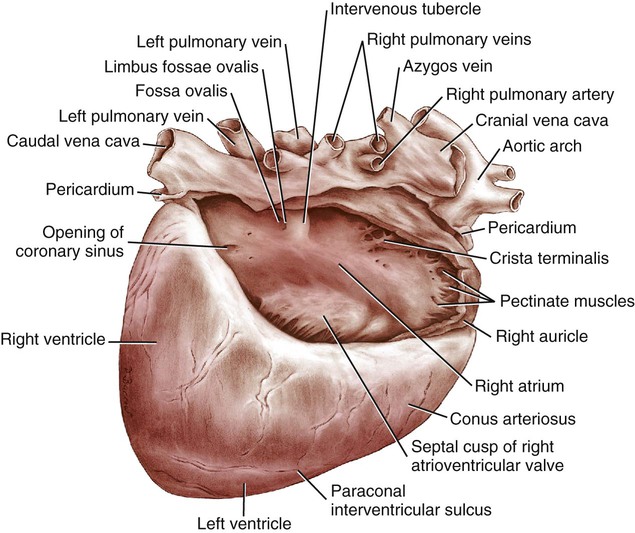
The Heart and Arteries Veterian Key
Anatomie. Der Sinus venarum cavarum wird durch die Crista terminalis von der durch die Musculi pectinati zerklüfteten Innenwand des rechten Vorhofs abgegrenzt. Als Sinus venarum cavarum bezeichnet man den glattwandigen Einflusstrakt des rechten Herzvorhofs, in den die Vena cava superior und Vena cava inferior.
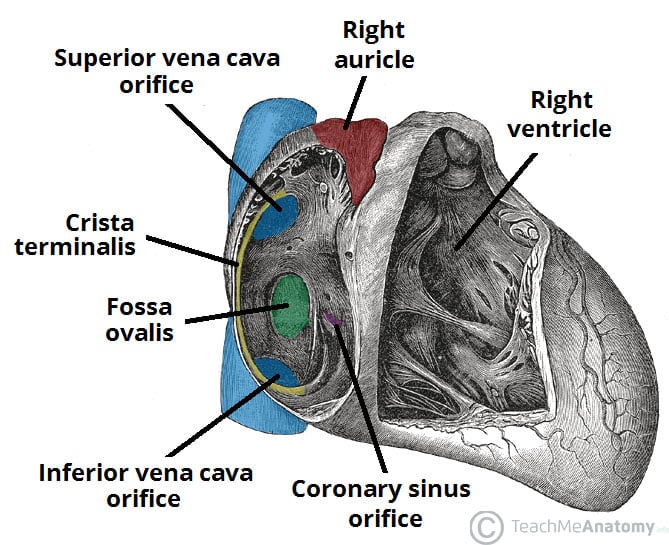
Chambers of the Heart Atria Ventricles TeachMeAnatomy
Bilateral nerve branches originating from the stellate and thoracic sympathetic ganglia until T5 or T6 joined to form the plexuses in the sinus venarum cavarum of the right atrium (RA), from which the branches descending along the middle cardiac vein (MCV) extended (arrowhead) and approached to the crux (sinoatrial node) of the heart (broken line).
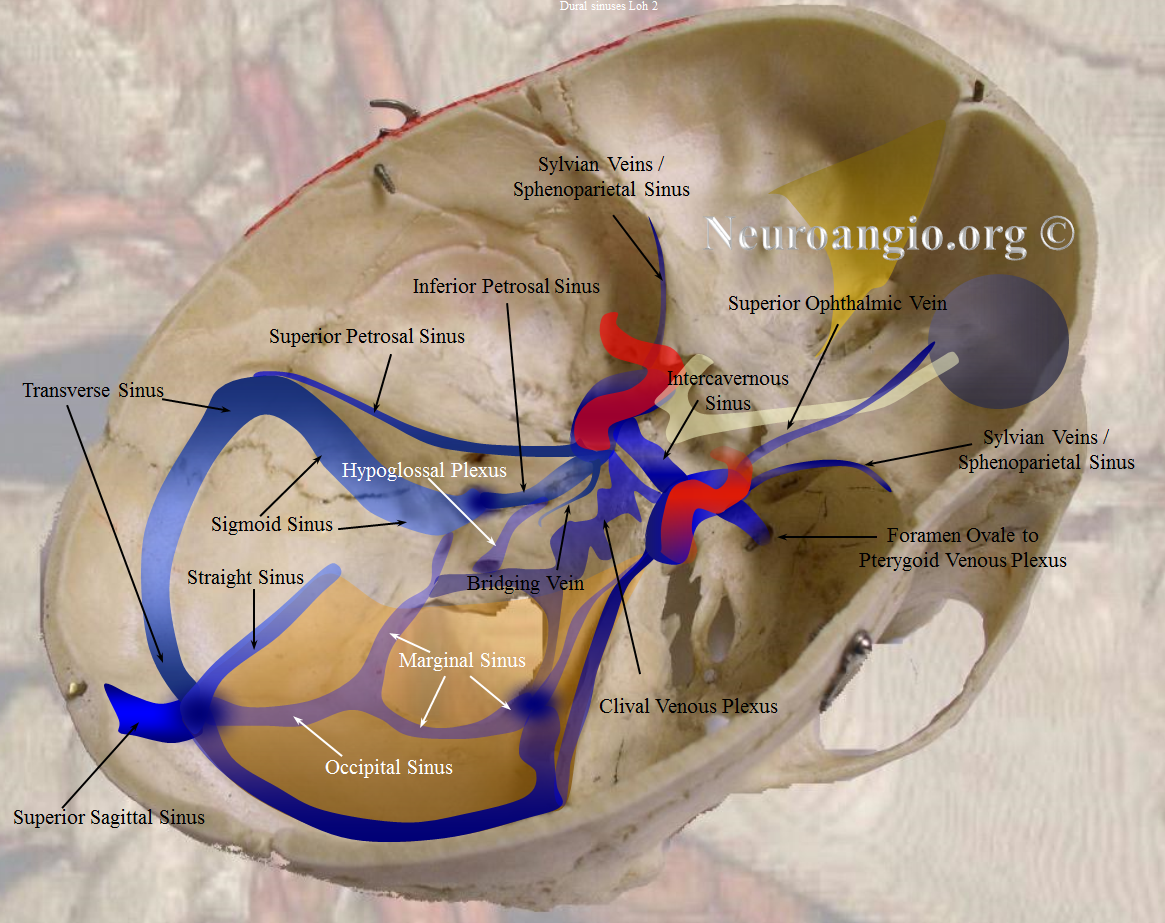
Venous Sinuses
The terminal sulcus is a groove on the outer surface of the right atrium of the heart marking the transition between the sinus venarum cavarum (which has a distinct embryological origin) and the rest of the right atrium (which features pectinate muscles on its inner surface).

Untitled Document [bio.sunyorange.edu]
The sinus venarum develops from the sinus venosus of the embryonic heart. The sulcus terminalis externally represents the line of union between the sinus venarum and the pectinate muscles, so this rough anterior wall. What I want to do now is we've taken this slice of the right side of the heart. I want you to imagine that we've flapped open.

Coronary Veins Comprehensive CTAnatomic Classification and Review of Variants and Clinical
The sinus septum is not a full septum but a dorsal fold, or ridge, of thicker myocardium between the left sinus horn and the inferior caval vein that, during development, fuses with the right sinuatrial leaflet to form the bridge between the Eustachian and Thebesian valves (Benninghoff, ; Steding et al. ).

Venous Drainage of Heart coronary sine and its tributaries, venae cordis minimae
sinus venarum - Smooth-walled portion of the adult right atrium; originally the left horn of the sinus venous. splanchnic mesoderm - Gastrointestinal tract (endoderm) associated mesoderm formed by the separation of the lateral plate mesoderm into two separate components by a cavity, the intraembryonic coelom.
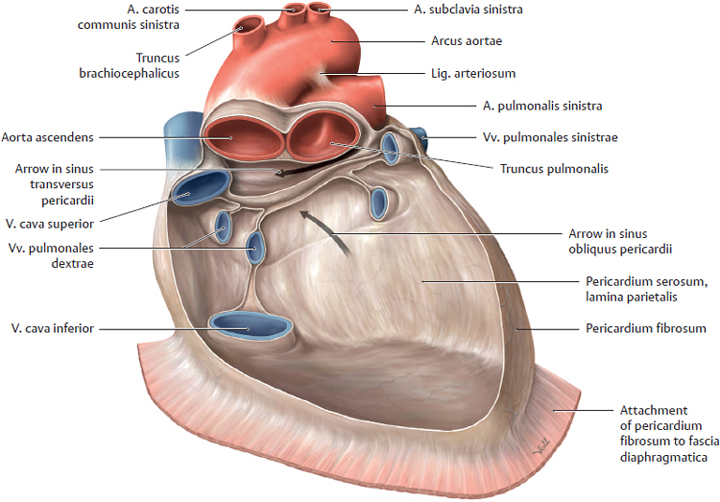
Organs of the Cardiovascular System and their Neurovasculature Basicmedical Key
Gross anatomy The right atrium receives deoxygenated blood from the superior vena cava (SVC), the inferior vena cava (IVC), the coronary sinus (covered by the Thebesian valve), and the Thebesian veins. It is grossly the shape of an irregular ellipsoid, with the exception of the right atrial appendage (auricle), which arises anteriorly.

Anatomy of the heart Osmosis
The terminal sulcus is a groove on the outer surface of the right atrium of the heart marking the transition between the sinus venarum cavarum (which has a distinct embryological origin) and the rest of the right atrium (which features pectinate muscles on its inner surface).

PPT Anatomy of the Heart PowerPoint Presentation, free download ID2351042
1. a recess, cavity, or channel, such as one in bone or a dilated channel for venous blood. 2. an abnormal channel or fistula, permitting escape of pus. 3. paranasal sinus. anal s's furrows, with pouchlike recesses at the distal end, separating the rectal columns; called also anal crypts.
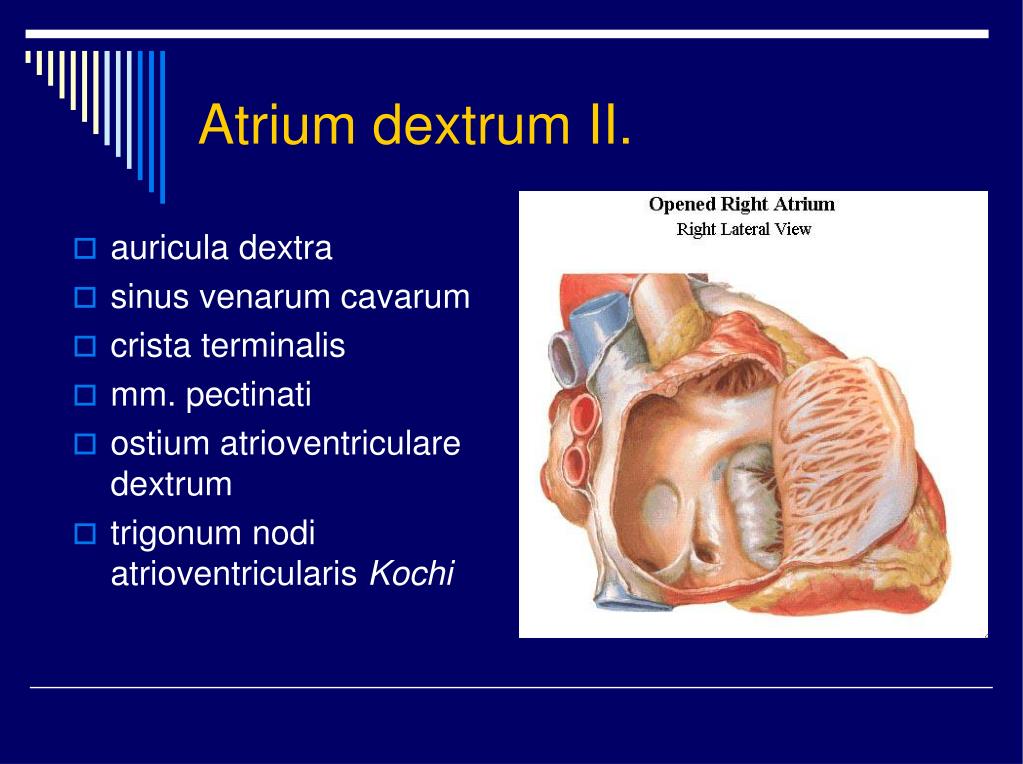
PPT Srdce PowerPoint Presentation, free download ID6989730
The sinus venarum (also known as the sinus of the vena cava, or sinus venarum cavarum [1]) is the portion of the right atrium in the adult human heart [2] where the inner surface [3] of the right atrium is smooth, [2] [3] whereas the rest of the inner surface is rough [3] (trabeculated [2]) due to the presence of pectinate muscles. [4]

PPT Circulatory System PowerPoint Presentation, free download ID5746314
Sinus venarum (sinus venarum cavarum) Is a posteriorly situated, smooth-walled area that is separated from the more muscular atrium proper by the crista terminalis. Develops from the embryonic sinus venosus and receives the SVC, IVC, coronary sinus, andanterior cardiac veins.
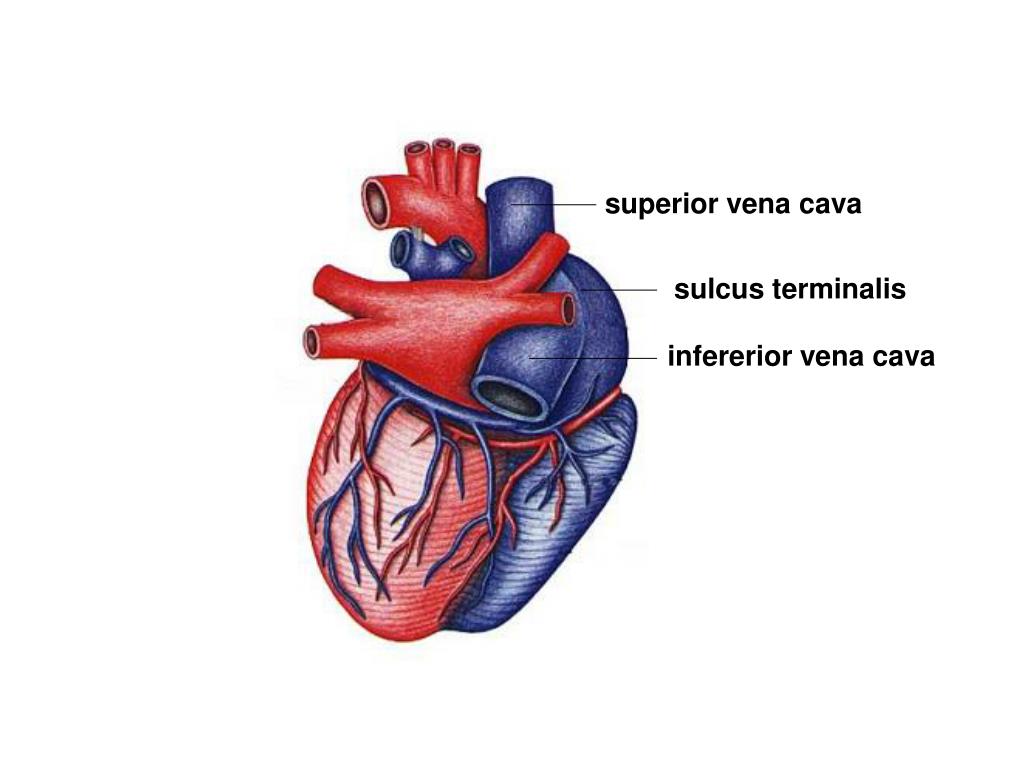
PPT Circulatory System PowerPoint Presentation, free download ID5746314
Sinus venarum (anatomy) Last reviewed dd mmm yyyy. Last edited dd mmm yyyy. Authoring team. The posterior part of the right atrium is termed the sinus venarum; also, it includes most of the lateral wall of the chamber. It has a relatively smooth surface compared to the anterior part. The posterior and anterior walls merge at the crista terminalis.
Sinus Venarum Cavarum
The anastomosis of the cranial vena cava and the common hepatic vein formed the sinus venarum cavarum (Fig. 8b). On the other hand, the large azygos vein opened into a distended coronary venous sinus (Fig. 8b). The position and morphological findings of the lungs were normal (Fig. 9).
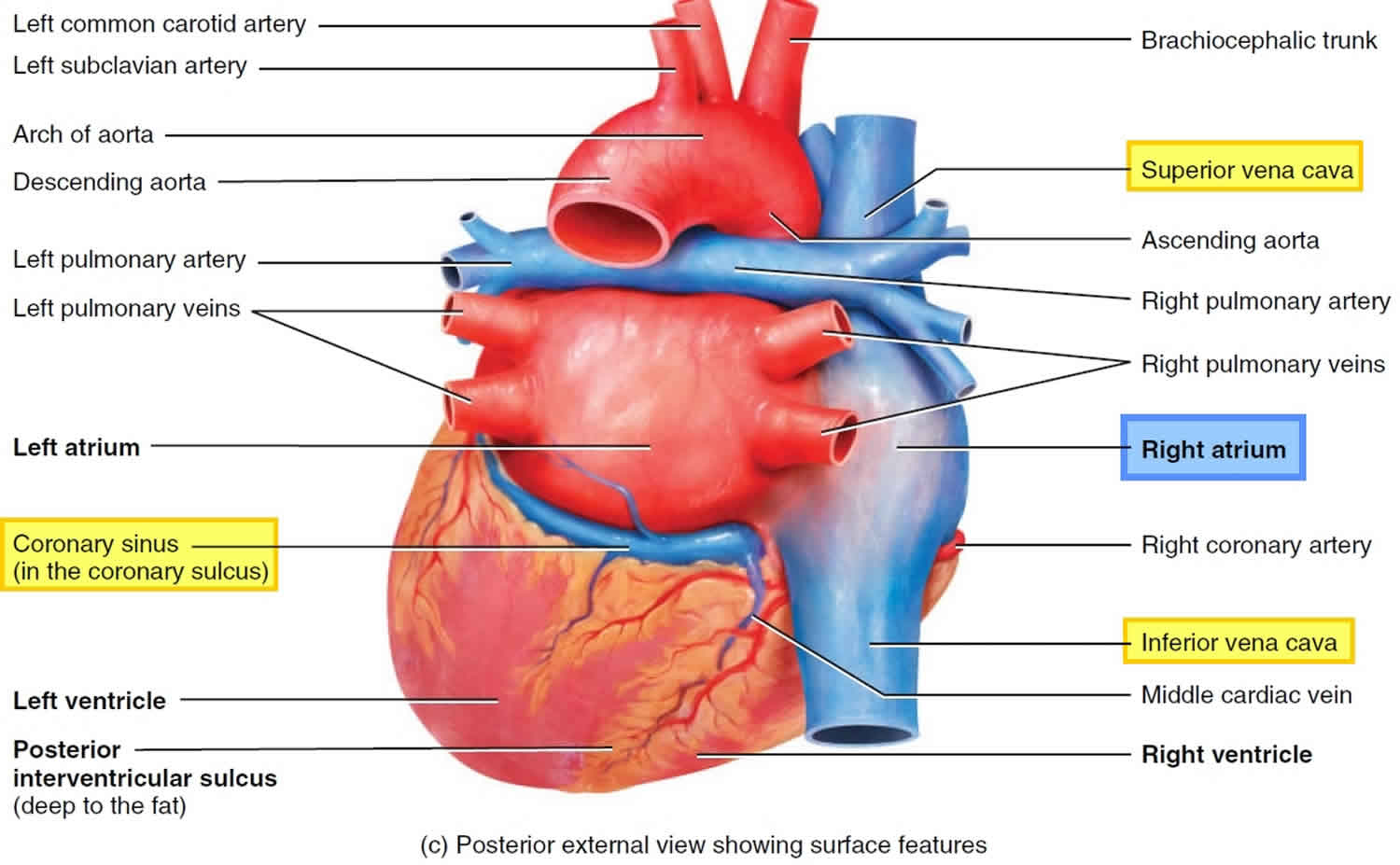
Right atrium anatomy, right atrium function & valves
Looking for online definition of sinus venarum cavarum in the Medical Dictionary? sinus venarum cavarum explanation free. What is sinus venarum cavarum? Meaning of sinus venarum cavarum medical term.

Image
A prominent crista terminalis is a well-defined fibromuscular ridge formed by the junction of the sinus venosus and primitive right atrium (RA) extending along the posterolateral aspect of the right atrial wall, which is a normal anatomic variant and recognized by echocardiography occasionally [ 1, 2 ].